Old Calton Cemetery
A 18th century graveyard and its astonishing cortege of macabre iconography.
If you’re lucky enough to be in Edinburgh, don’t forget to have a lazy Sunday stroll in the Old Calton Cemetery, and zig-zag between the most elaborate and stunning examples of funeral arts in all of Scotland.
Established on the northeast side of the city center in 1718, the Calton gives a spookily authentic feeling of being trapped in a Hammer film setting, expecting the devilish Black Donald at any moment of this delightful promenade. The graves and mausoleum of this Scottish “Pere Lachaise” cemetery vie with each other for the title of most quirky and elegant.
Several notable people of Edinburgh’s history rest here, including philosopher David Hume, publisher William Blackwood and clergyman Dr. Robert Candlish; beyond that, several sober-looking monuments mark the resting place of martyrs past.
Skulls and macabre symbolism are elegantly carved in each of the stones, and silent alleys invite visitors to wander. The sepulchral beauty of the Calton Cemetery offers a fascinating journey through the last memorial of forgotten strangers.
The cemetery is also home to the only monument to the American Civil War outside the U.S. A statue of Abraham Lincoln standing over a freed slave was dedicated on August 21, 1893. This was also the first statue of a U.S. president outside the U.S. borders and remains the only one of Lincoln within Scotland. The six soldiers commemorated on the monument all fought for the Union.
Unbeknown to a lot of people is that the cemetery is divided into two parts by Waterloo Place. A much smaller section can be accessed by turn the corner on Calton Hill, a road to the left just before the steps up to Calton Hill. The bodies that were removed to make way for Waterloo Place were carefully transported to New Calton Burial Ground, less than a half a mile to the east.
At the southeastern corner lie the sole remains of the notorious Calton Jail. The imposing castle-like turret is all that is left of this stately prison that Jules Verne referred to as looking like a small medieval village.

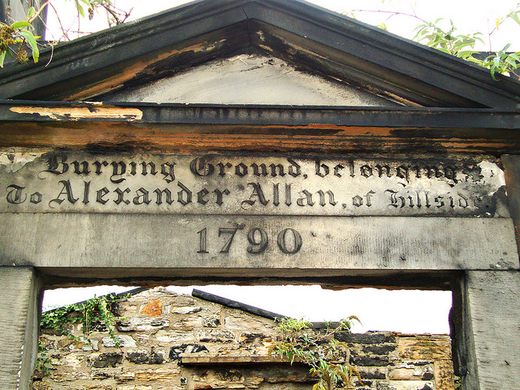
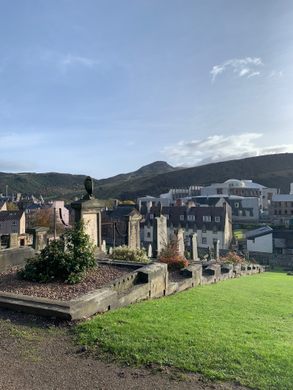
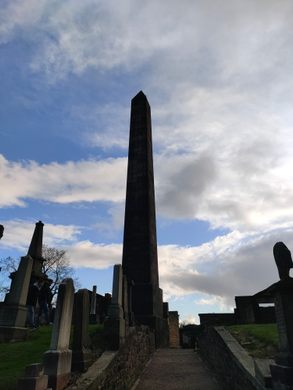






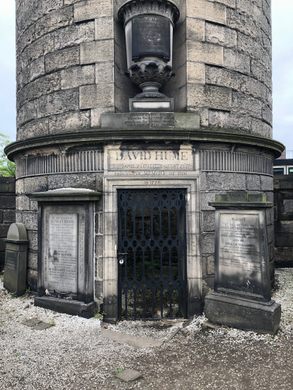

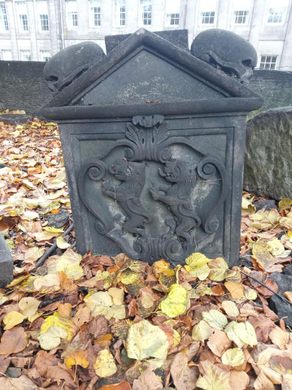
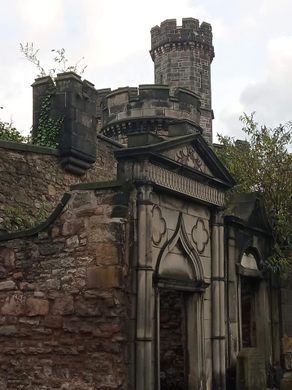



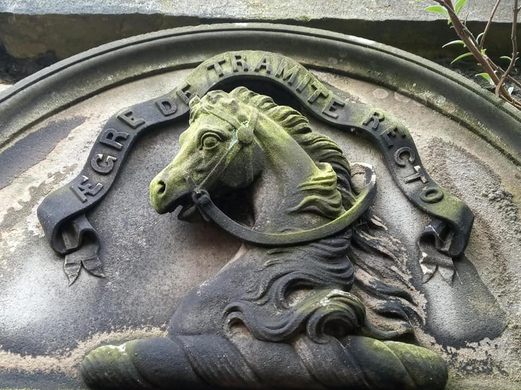


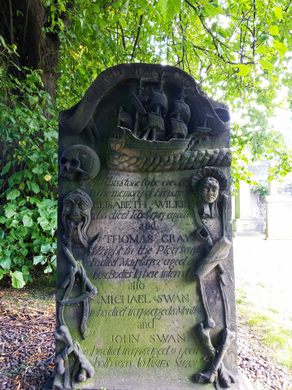
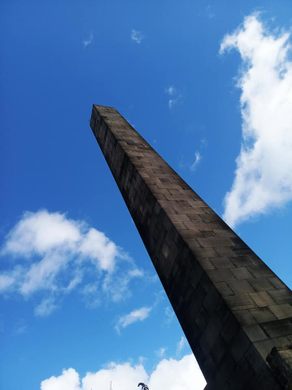
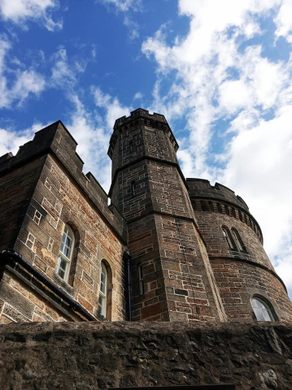
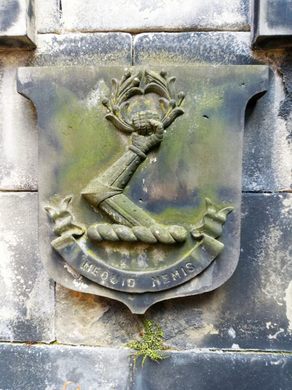

























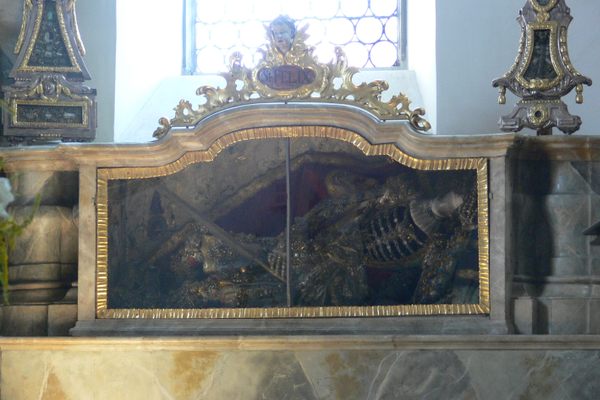
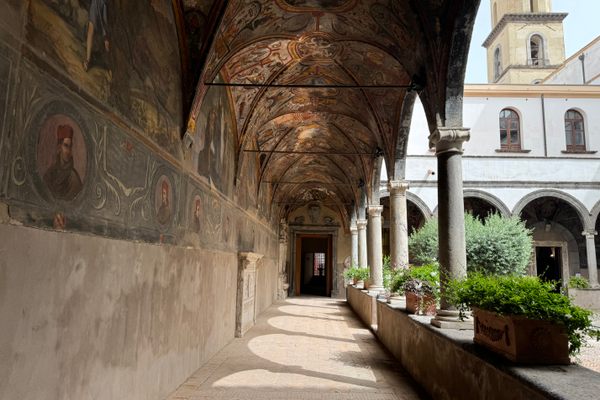


Follow us on Twitter to get the latest on the world's hidden wonders.
Like us on Facebook to get the latest on the world's hidden wonders.
Follow us on Twitter Like us on Facebook